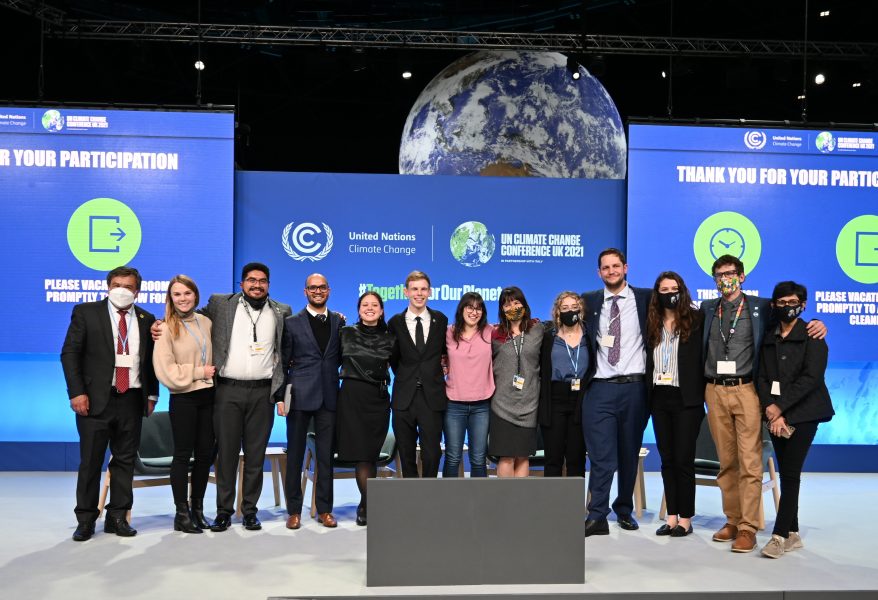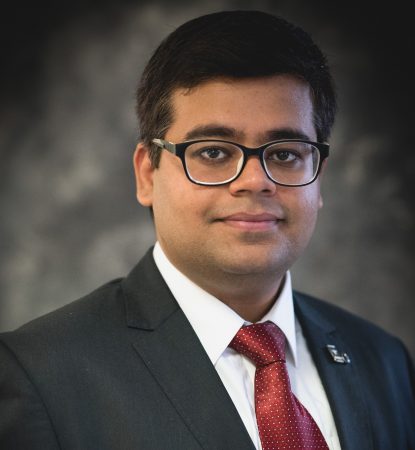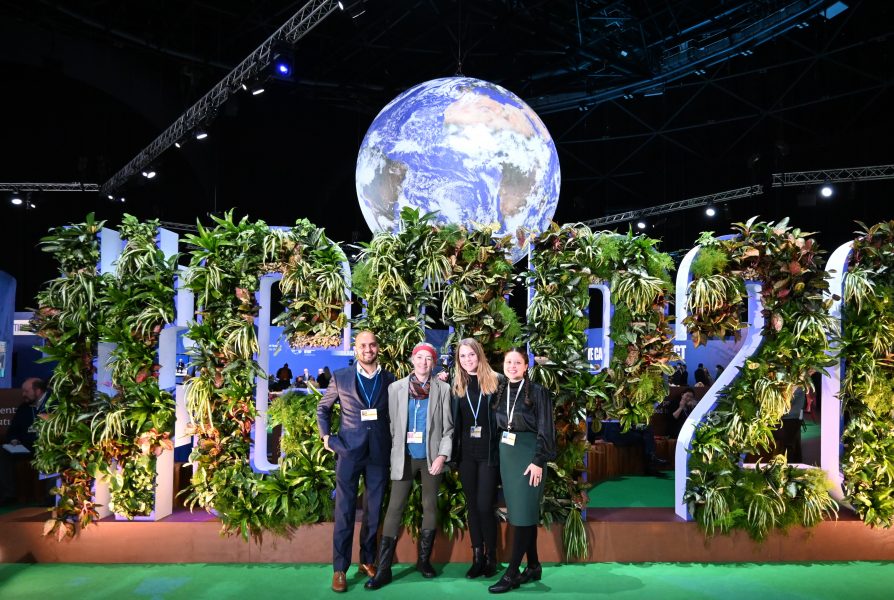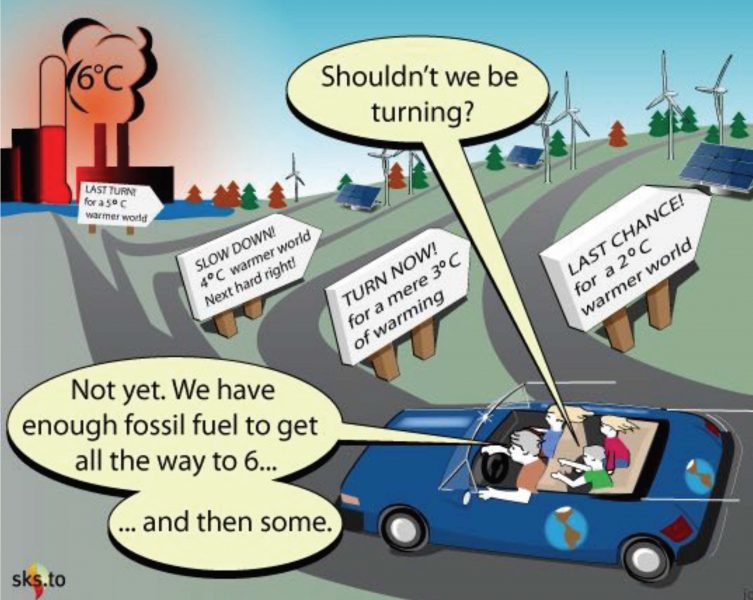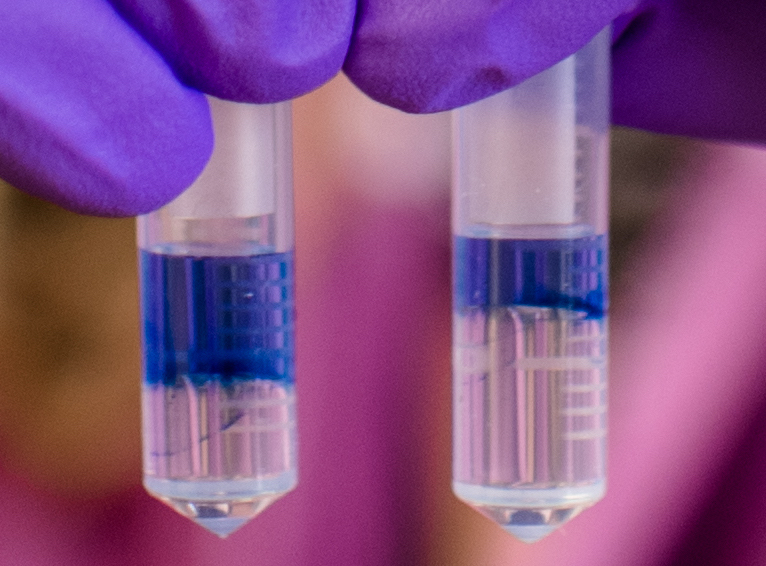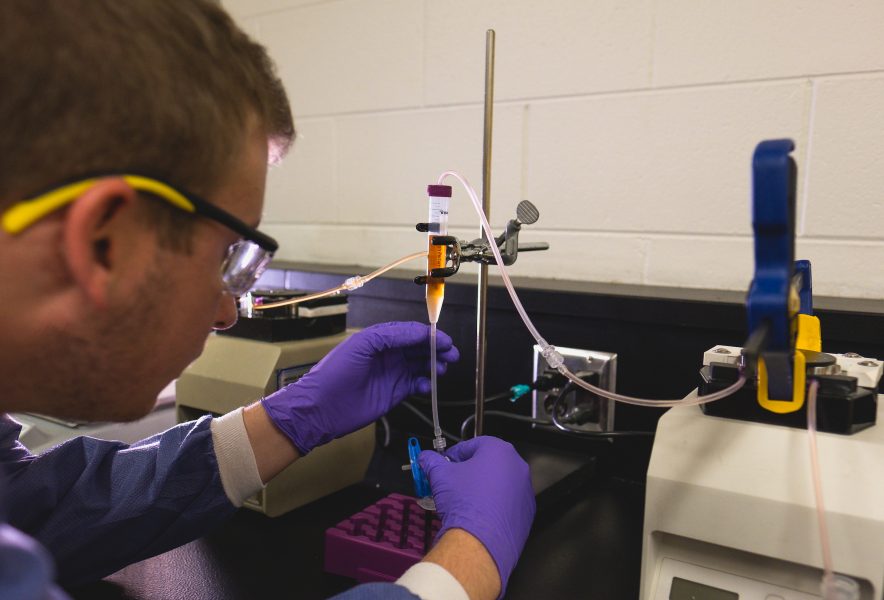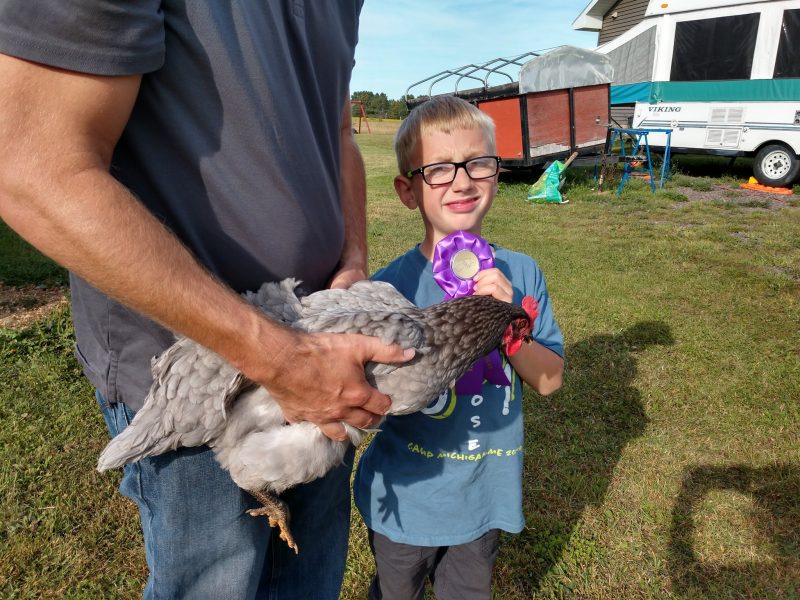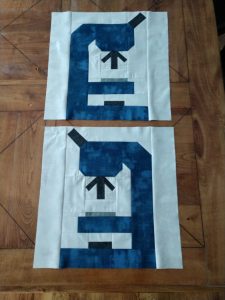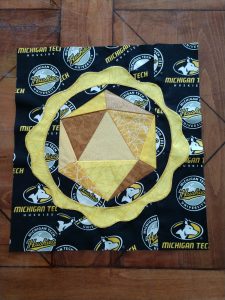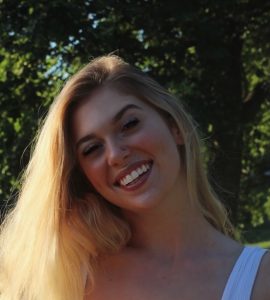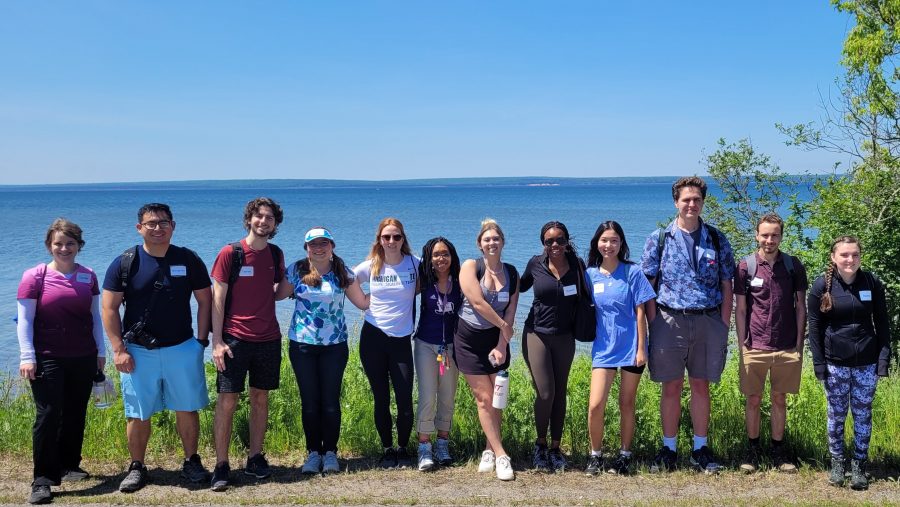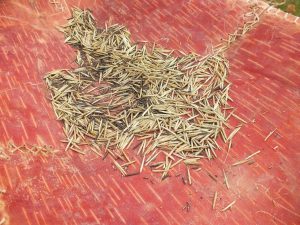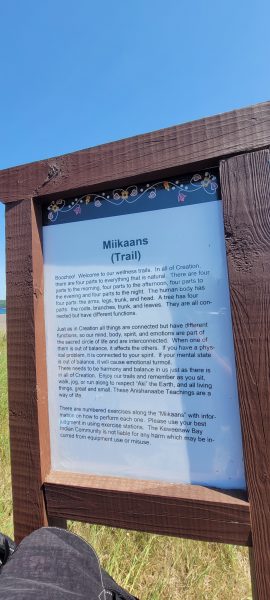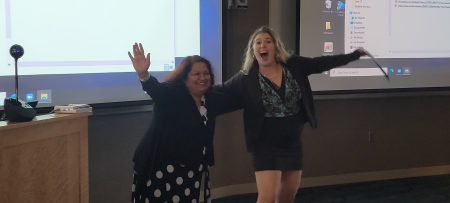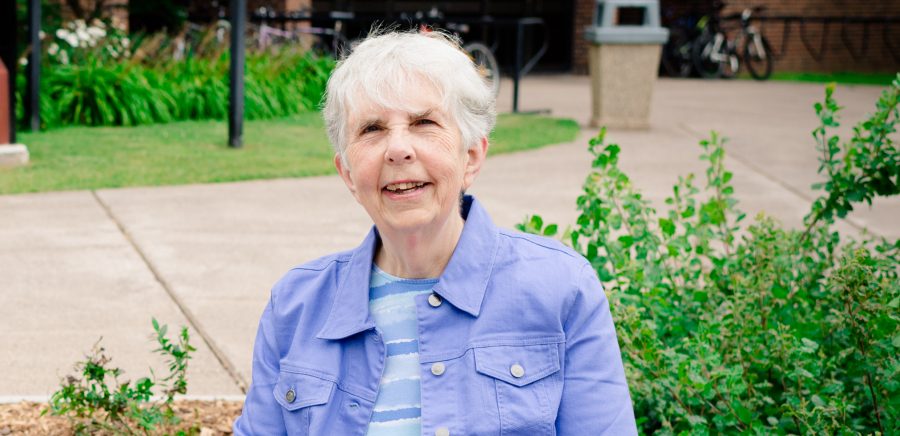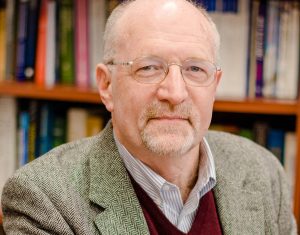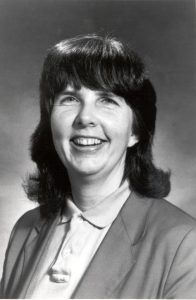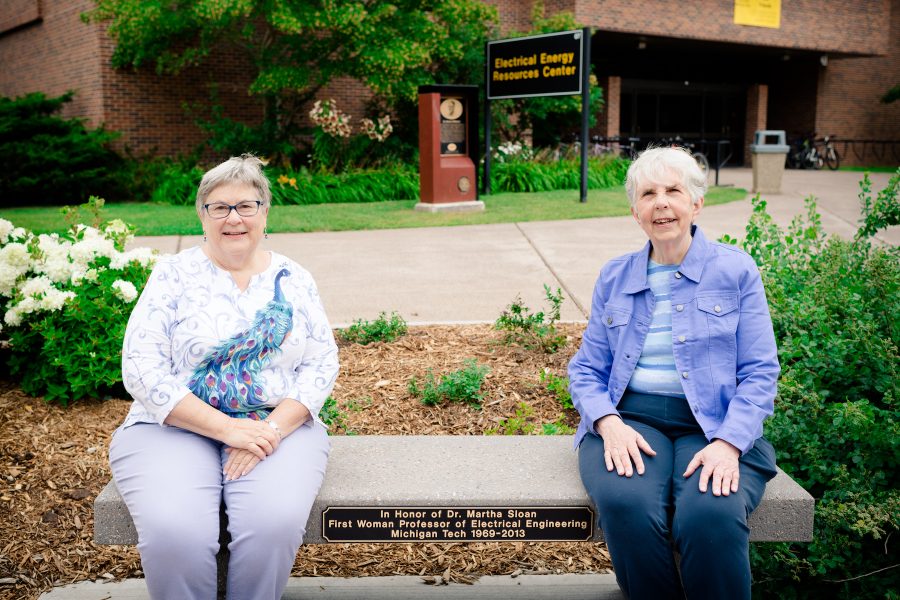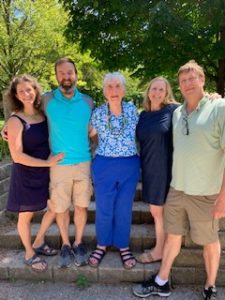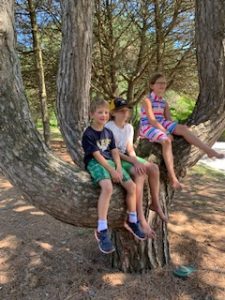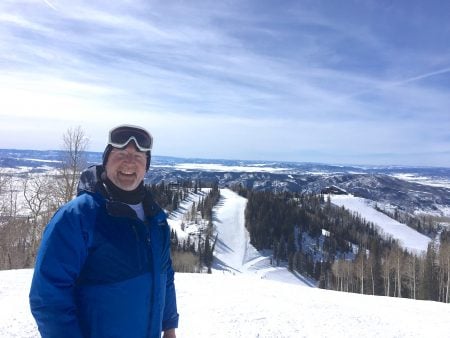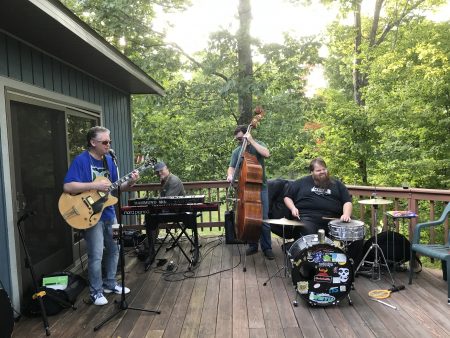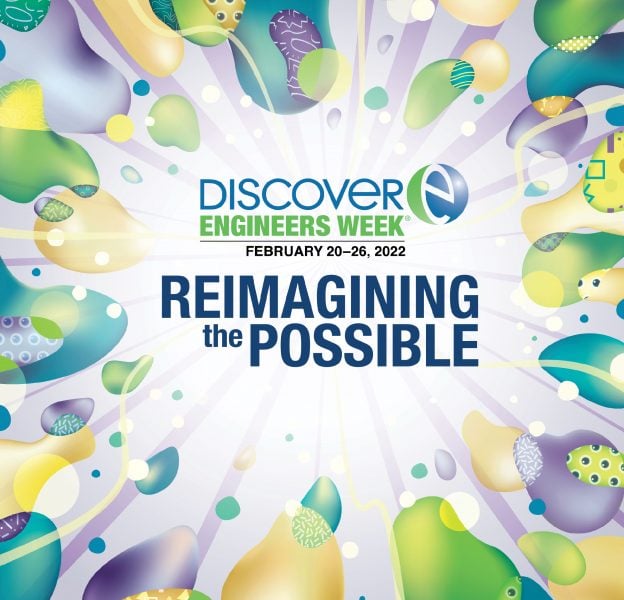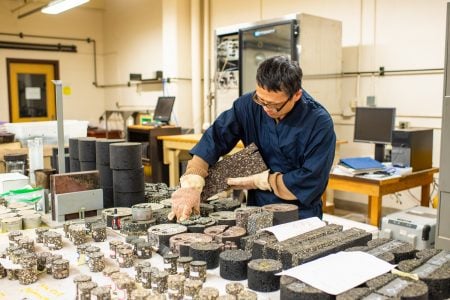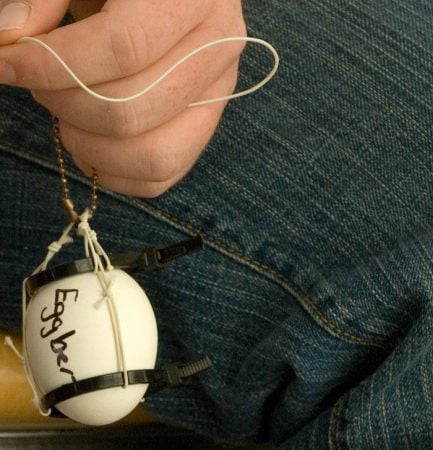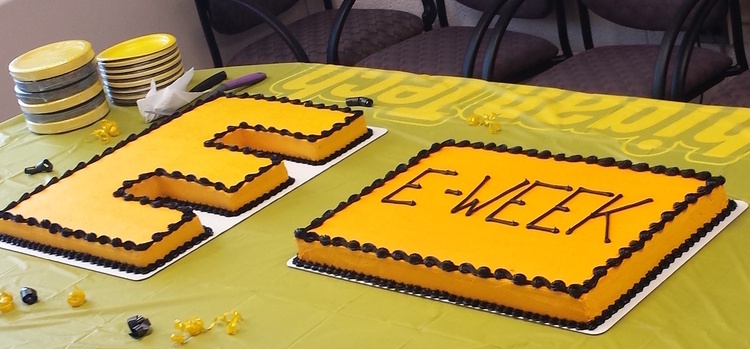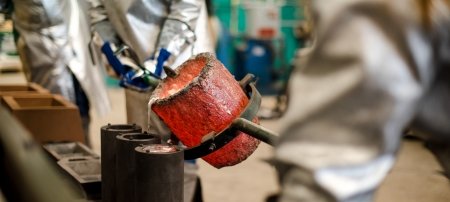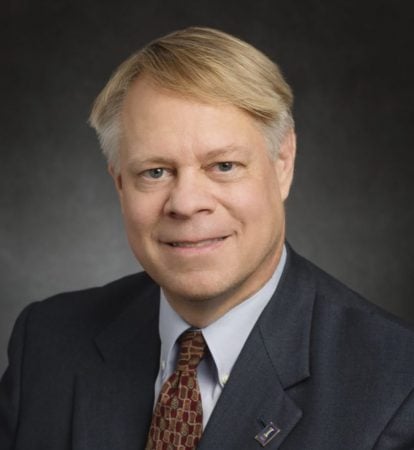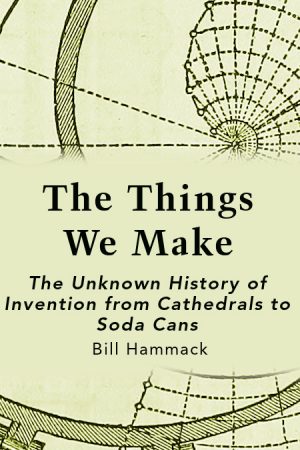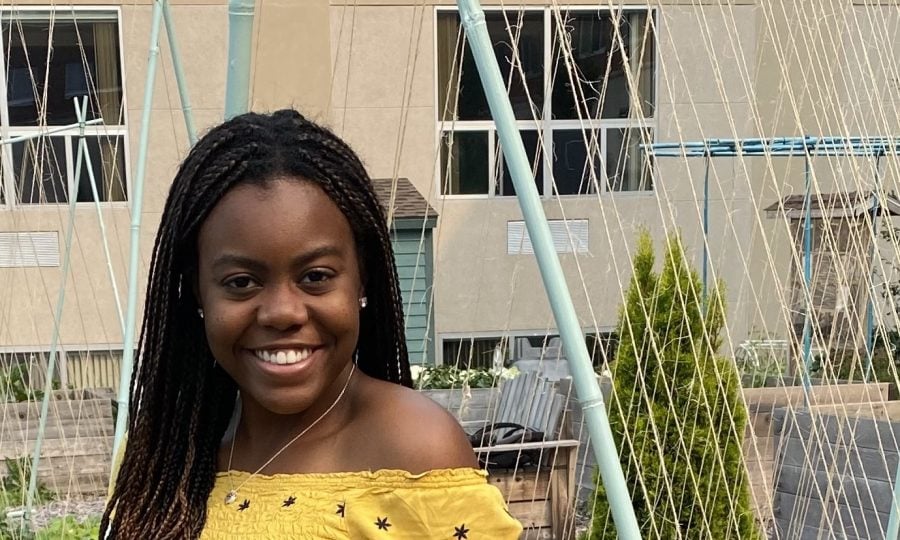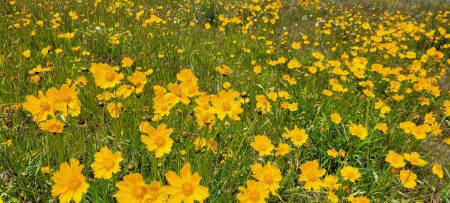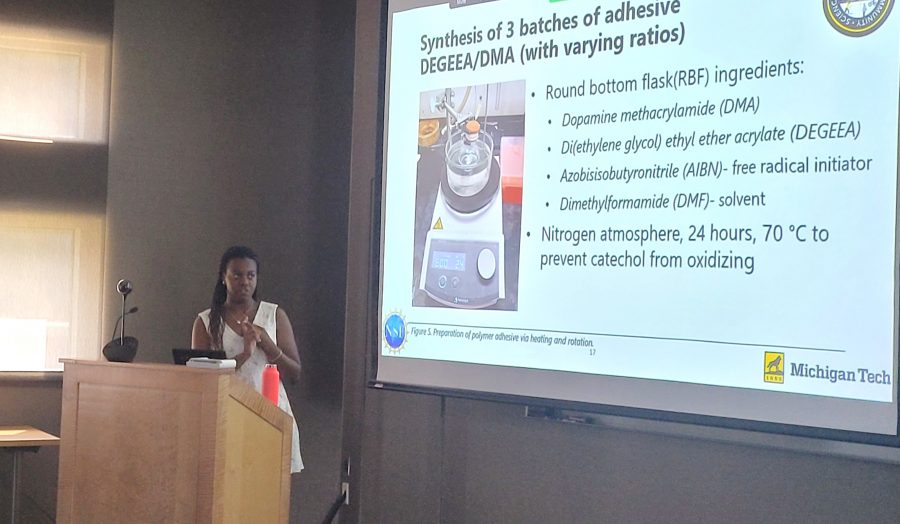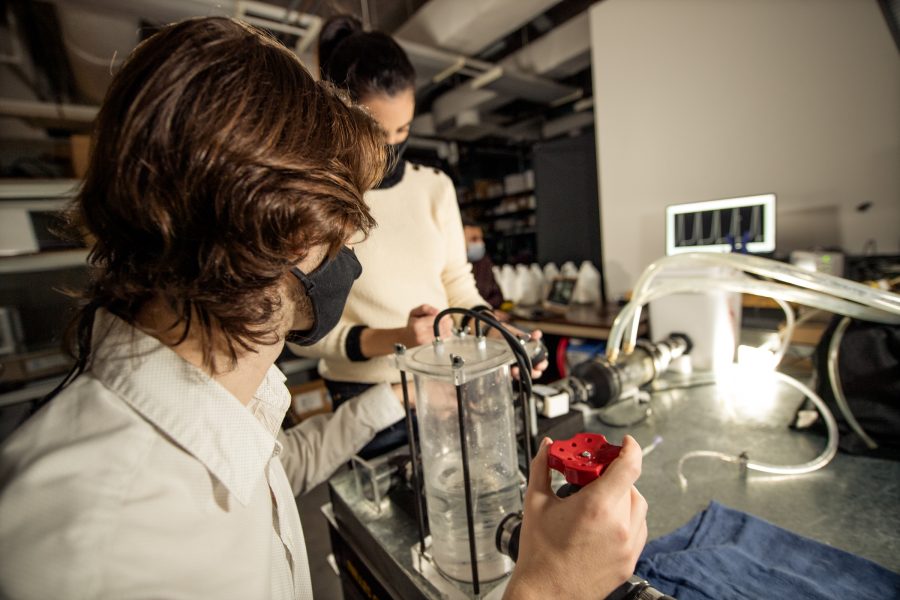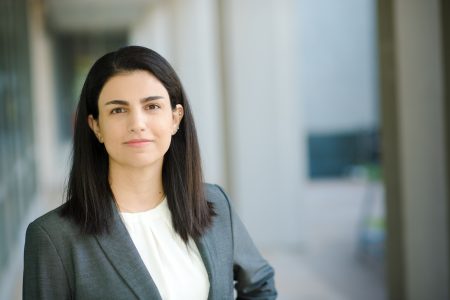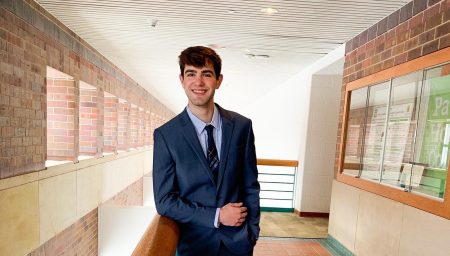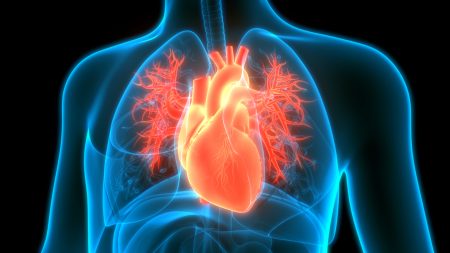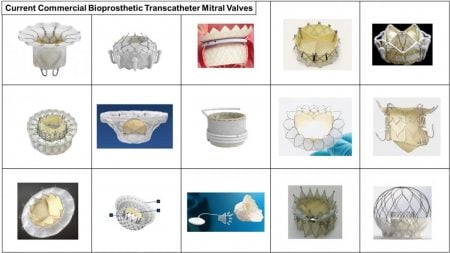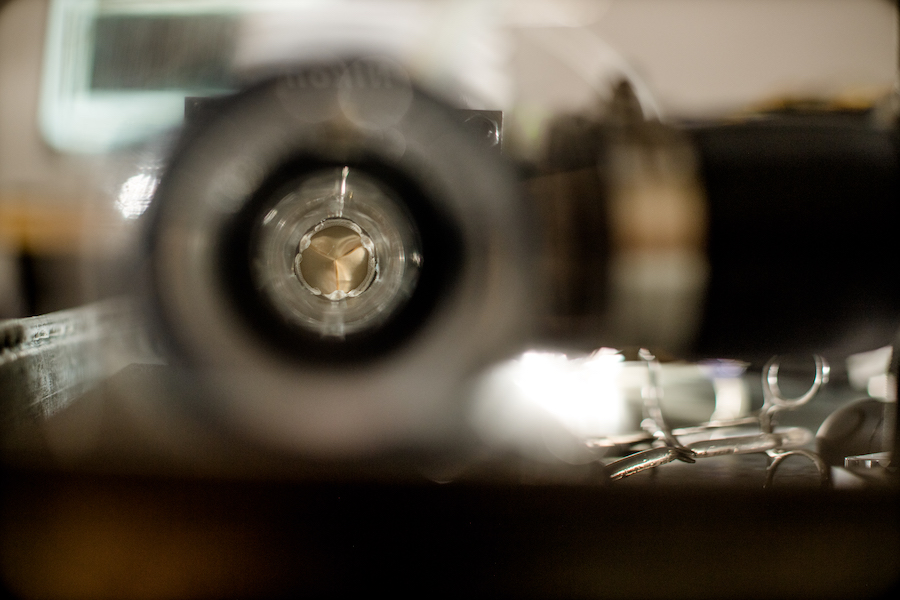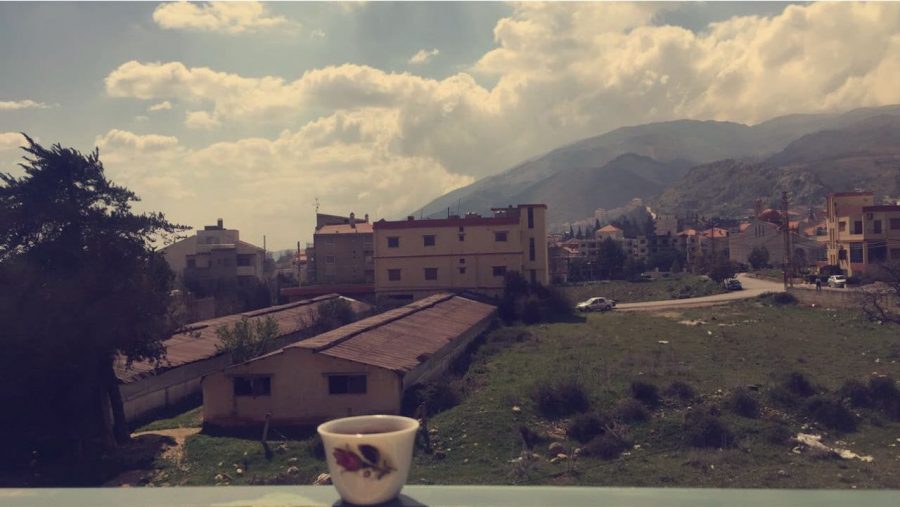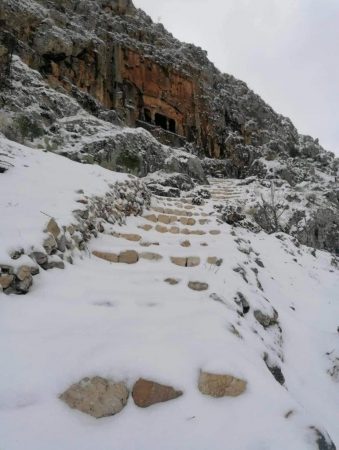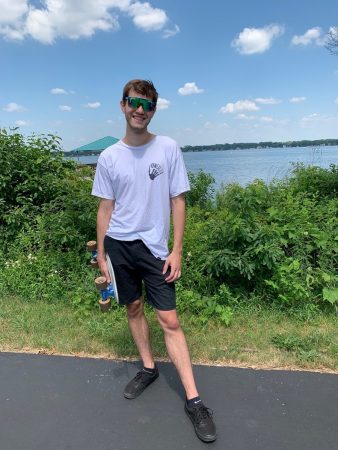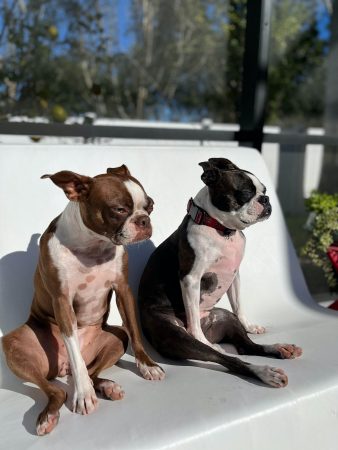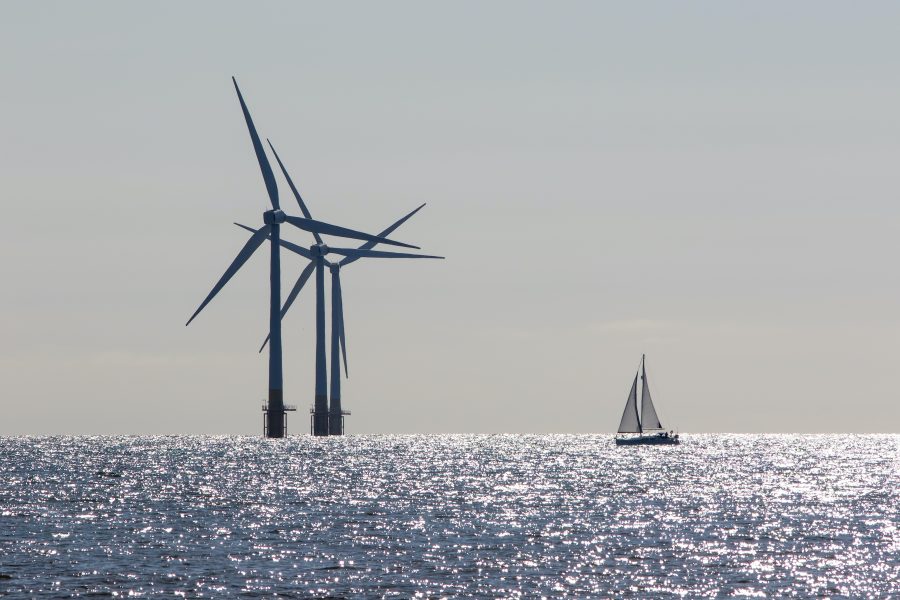
Fernando Ponta shares his knowledge on Husky Bites, a free, interactive webinar this Monday, 3/28 at 6 pm. Learn something new in just 30 minutes or so, with time after for Q&A! Get the full scoop and register at mtu.edu/huskybites.

What are you doing for supper this Monday night 3/28 at 6 ET? Grab a bite with Dean Janet Callahan and Fernando Ponta, the Richard and Elizabeth Henes Professor of Wind Energy. Joining in will be one of Dr. Ponta’s mechanical engineering PhD students, Apurva Baruah, who brings industrial experience to his research with Dr. Ponta. Baruah is also a member of the crew on Dr. Ponta’s J-80 sailboat, the Avanti Bianc.
“There’s no better way to understand the wind than trying to harness its power on sails,” says Baruah.
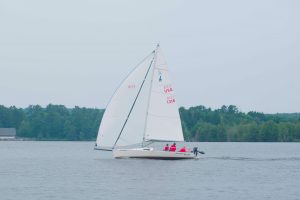
During Husky Bites, Ponta and Baruah will explain the evolution of wind power technology from its beginnings until the current development of next-generation, advanced, mega-scale wind turbines. One aspect of their research involves modeling the wakes of many wind turbines operating in a huge wind farm. They’ll discuss the importance of understanding and modeling these wakes in order to optimize both offshore and inland wind farm performance.
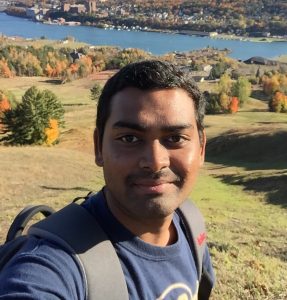
“We’ll also share a brief review of our collaborative work with Sandia National Labs,” adds Baruah. “That includes the novel, aeroelastic-vortex-lattice codes we use to study cutting-edge wind energy technologies.”
At Michigan Tech, Ponta’s research team seeks to understand the detailed physics of a wind-turbine–from the rotor structure and aerodynamics, to turbine control and drivetrain electromechanics.
“Since the emergence of the first windmill in ancient times, through the windmills of the middle ages, to the high-tech wind turbines of today, there has been an intimate relationship between the evolution of wind rotors and sailing rigs,” he says. “Ancient windmill designs used the principle of aerodynamic drag to produce the forces acting on the blades in the same manner that square rigs used drag to propel ships.”

“In a period of several centuries, sailing rigs progressively evolved into the use of sail arrangements that propel ships via the generation of lift force, which not only give ships the great advantage of going faster in the same conditions, but also of sailing partially into the wind,” adds Ponta. “All this technological experience translated into the evolution of wind rotors that also use lift as their physical mechanism for torque and power generation. In the case of a wind rotor, it has resulted in a dramatically higher efficiency of the conversion process from the kinetic energy of the wind, into mechanical power on the shaft.”
This parallel development was fundamental to the evolution of current wind energy technology, says Ponta. “The basic concept of the lift-driven wind rotor, conceived in the late middle-ages, is essentially the same as the high-tech wind turbines of today. The inherent energy efficiency of the lift generation process versus the generation of drag—with all its associated frictional losses—is the physical underpinning of this fundamental progress.”

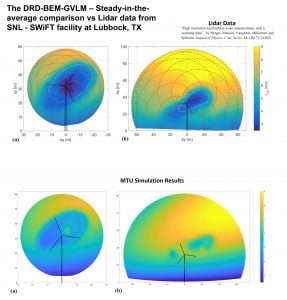
In modern times, a similar parallel can be traced between the optimization of the kinds of aerodynamic surfaces used in aeronautics, and the refinements of the latest generations of high-tech wind turbines, notes Ponta.
Over a period of years Ponta has developed a novel aeroelastic model for optimizing the rotor blades used in “smart” turbines and the collective control strategies of mega wind farms. The resulting modeling tool is now being applied by Sandia National Labs (SNL) for the study of the advanced lightweight rotors of their National Rotor Testbed (NRT) project. The result is a complete picture of how a wind turbine behaves under various conditions. Ponta’s modeling can be used to design blades and simulate the interaction of multiple wind turbine wakes in a wind farm, as well—particularly, the thousands of meters long wakes of the utility-scale megawatt turbines of today, and the super-turbines of tomorrow.
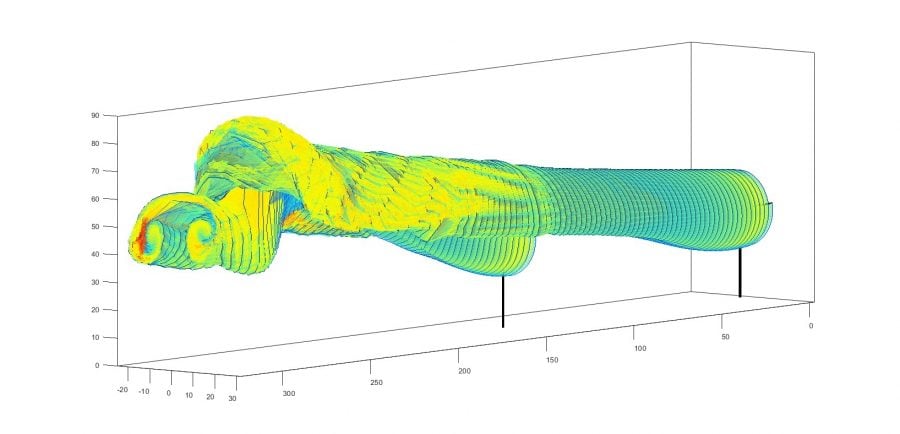
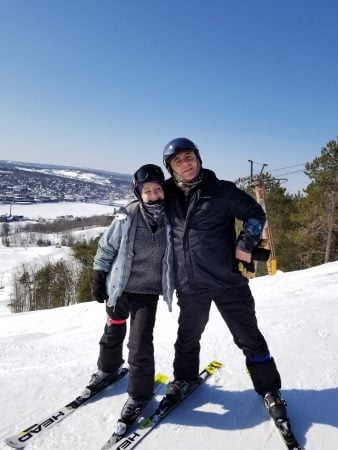
Dr. Ponta, how did you first get into engineering? What sparked your interest?
I’ve always been fascinated with science and technology, even when I was a kid. In my high school years, I attended what in my country of origin is called an industrial college, with a specialty in electronics. I started as a naval and mechanical engineering student, and then I decided to switch to a full career in mechanical engineering. With the years, I focused more and more into computational and theoretical fluid mechanics, in particular as they apply to the study of wind turbines and other renewable energy systems.
Hometown?
I was born in the city of Buenos Aires, Argentina, even though my family lives now in the Patagonia region. Curiously, they live at the same latitude that we are here in Houghton, but in the southern hemisphere. That is, the same temperatures but with a six-month shift!
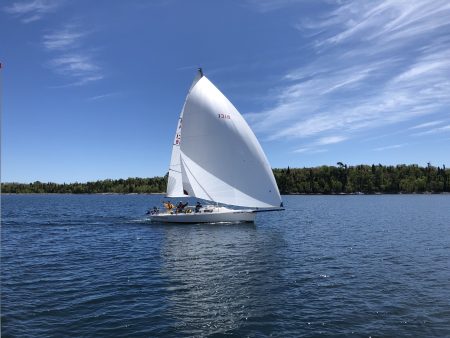
What do you like to do in your spare time?
In summer, sailing and swimming. I own a sailboat which I skipper regularly in the regattas of the Onigaming Yacht Club, of which I’m a member of the directory board. In winter, I ski a lot at Mont Ripley. Alpine skiing is my favorite sport, and I’ve been skiing since I was in my teens in the Andes range in Patagonia. I lift weights all year round.

Apurva, how did you first get into engineering? What sparked your interest?

I’ve been fascinated with aircraft from a very young age. I had an amazing physics teacher throughout grade school and figured engineering was the path forward in order to work with airplanes.
During my undergrad years, I just naturally ‘flowed’ towards fluids and aerodynamics. After a few years working in industry, I decided to pursue a graduate degree at Tech. Our research in wind turbines and their wakes in a wind farm is a perfect blend of my interests.
Hometown?
I was born and raised in Mumbai, India. My mom’s terrified yet excited to visit the Keweenaw! She frequently catches our blizzard-y days by watching the HuskyCam feeds!
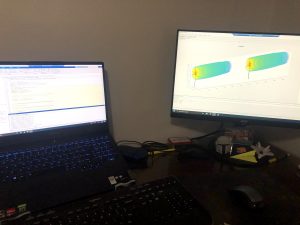
Any hobbies?
Thanks to Dr. Ponta, I’ve found an immense passion for sailing. It’s an important aspect of our summer ‘research’. I also frequent Michigan Tech’s Student Development Center, aka “the SDC” for racquet sports, including tennis, badminton, and table tennis, and the shooting range. I’m the range safety officer for Michigan Tech’s Competition Rifle team.
